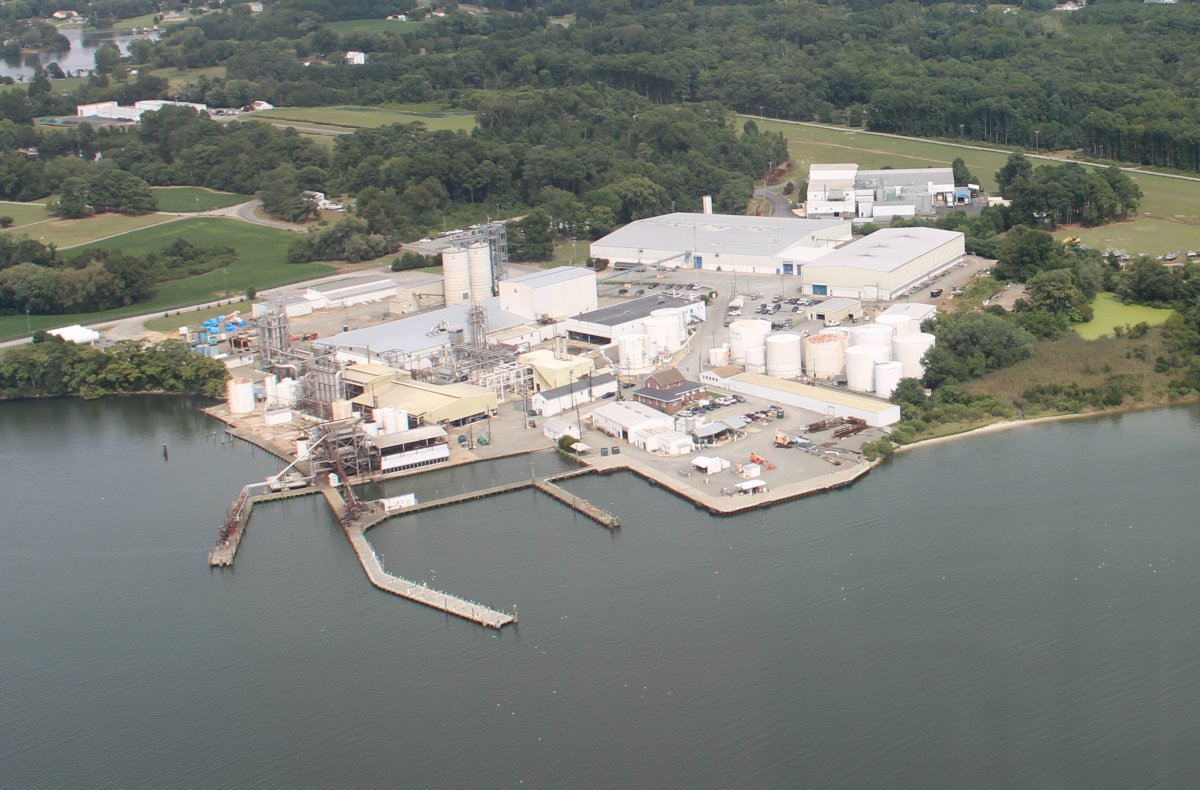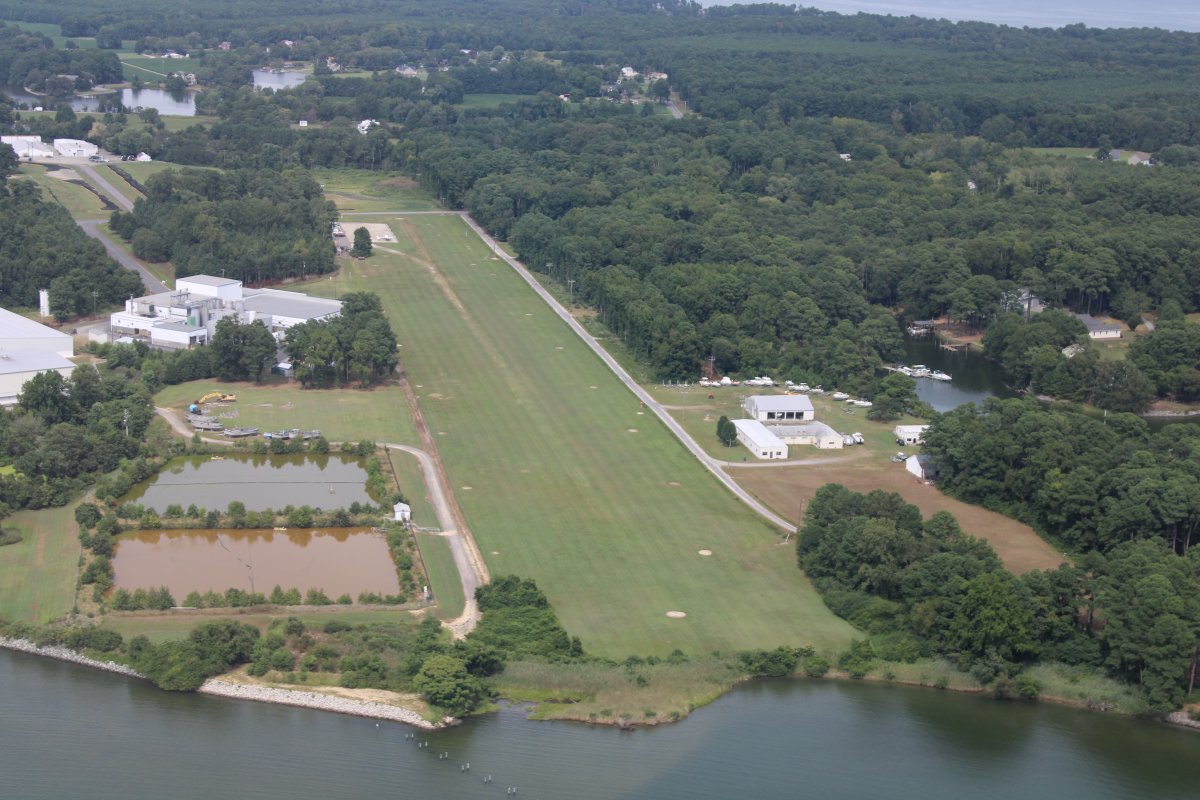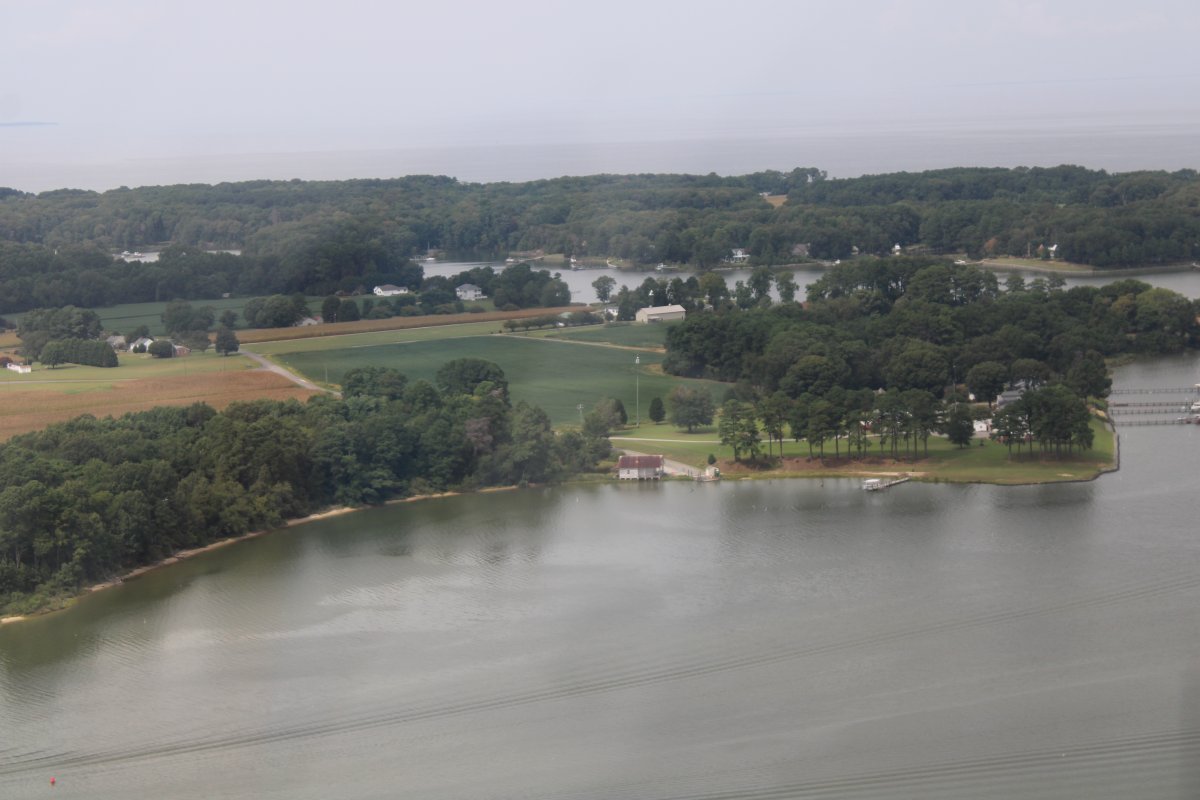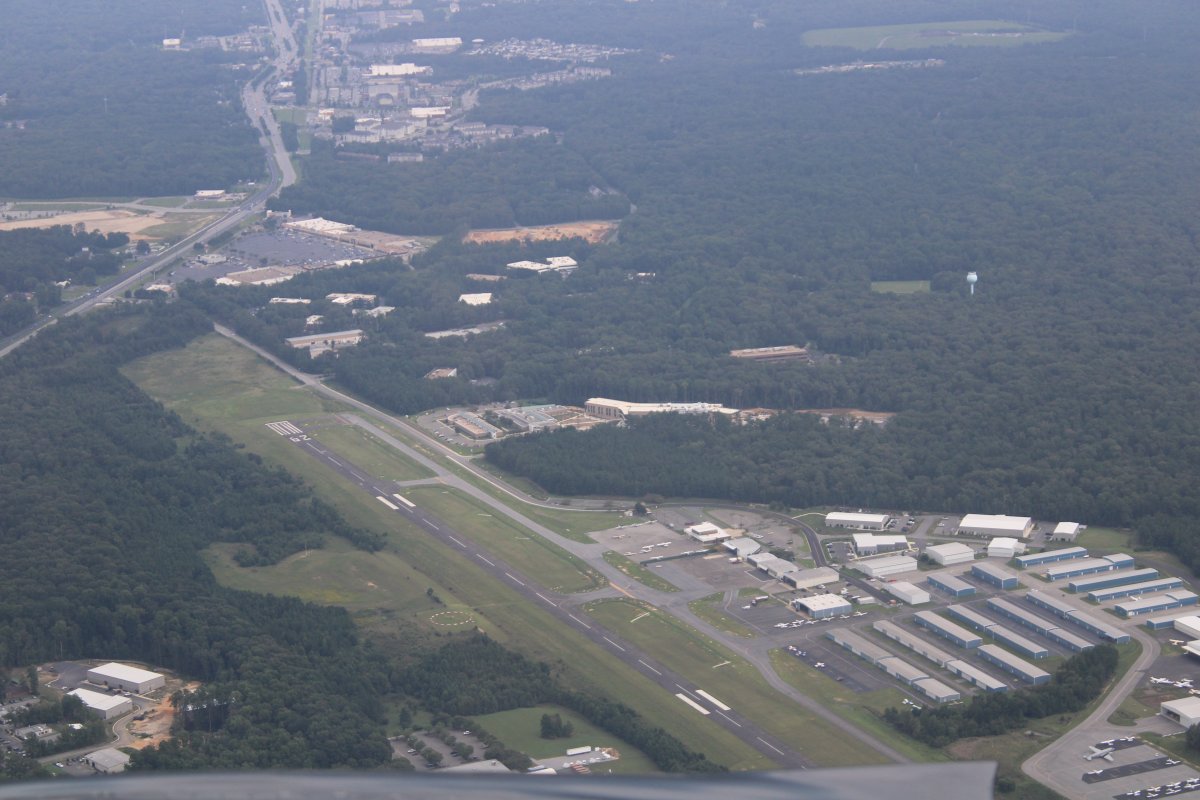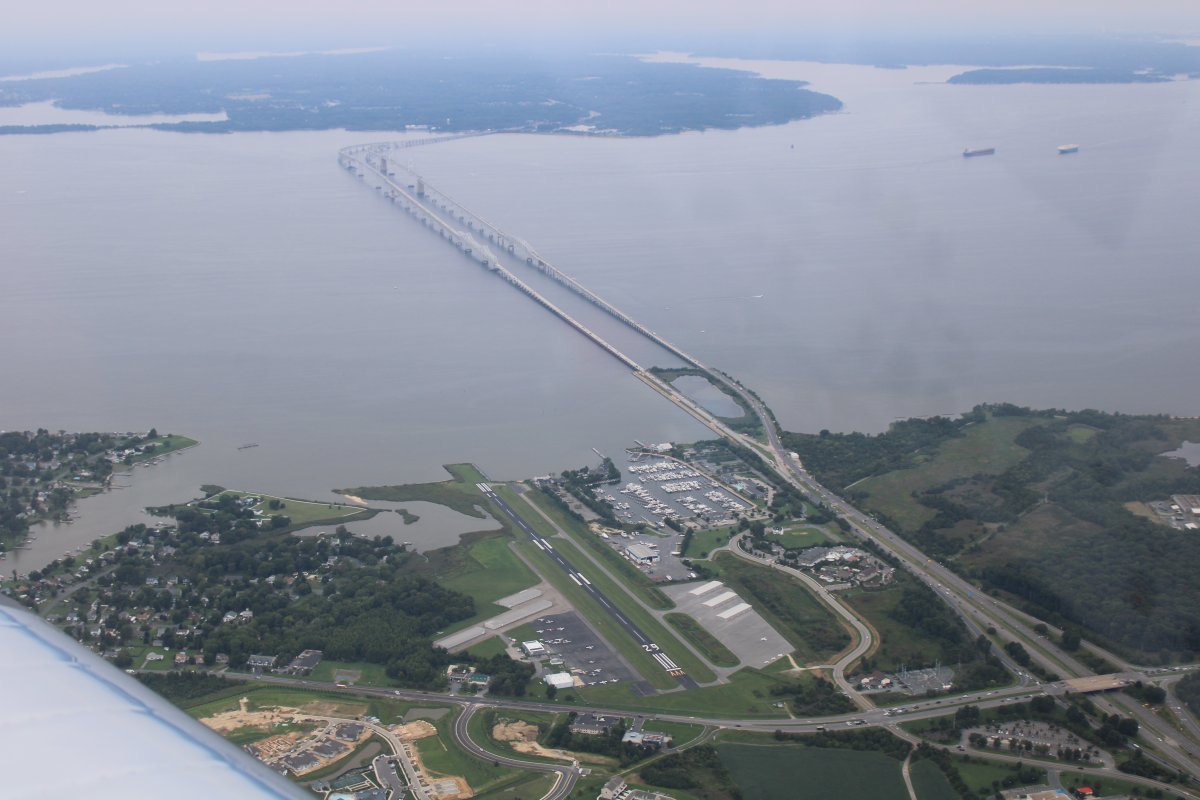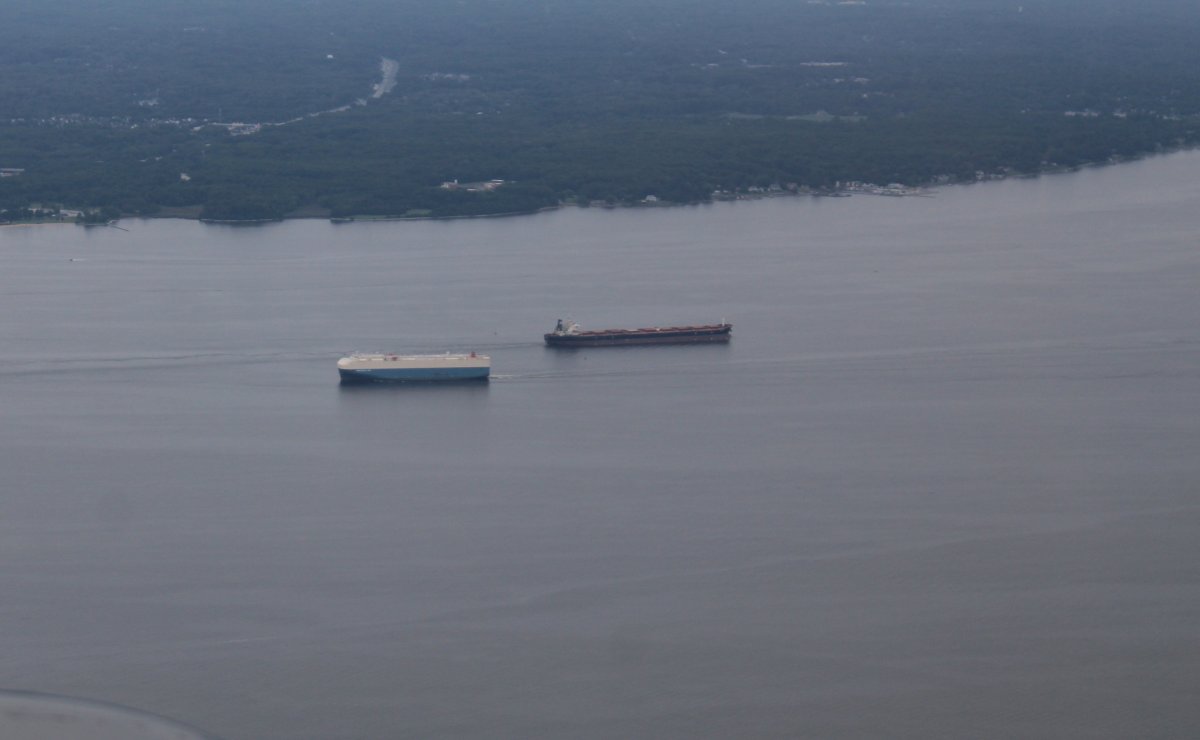August 31, 2021 - Don 's Airport Community Airstrip
I met Mugsy at St. Mary's Airport. Today's destination -- a private grass strip airport community on the northeast end of the peninsula between the Potomac and Rappahannock Rivers.
Mugsy and I taxiied out for takeoff at St. Mary's, with this tricked-out DC-3 ahead of us.
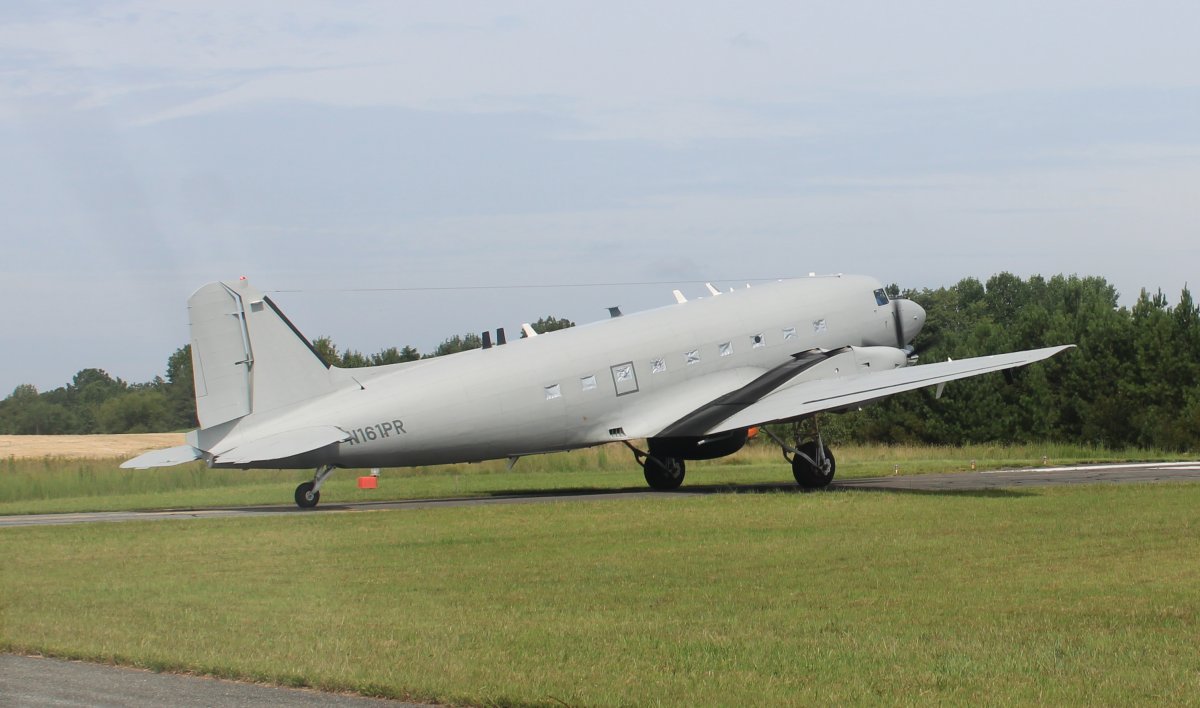
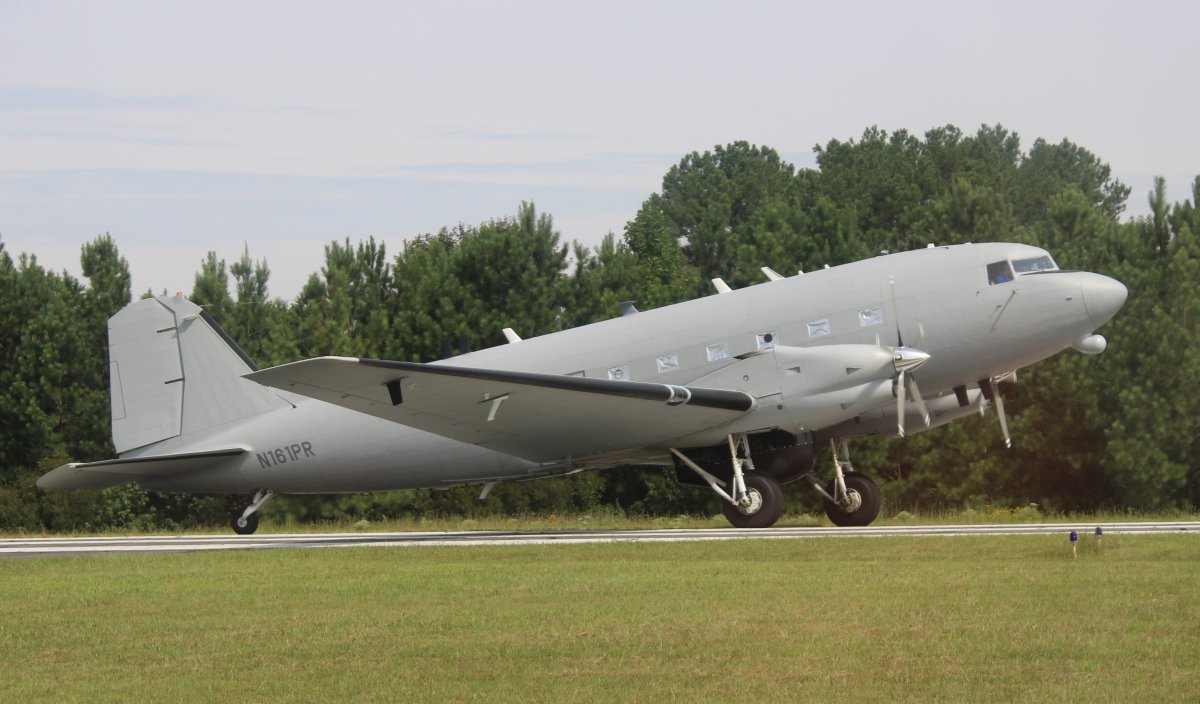
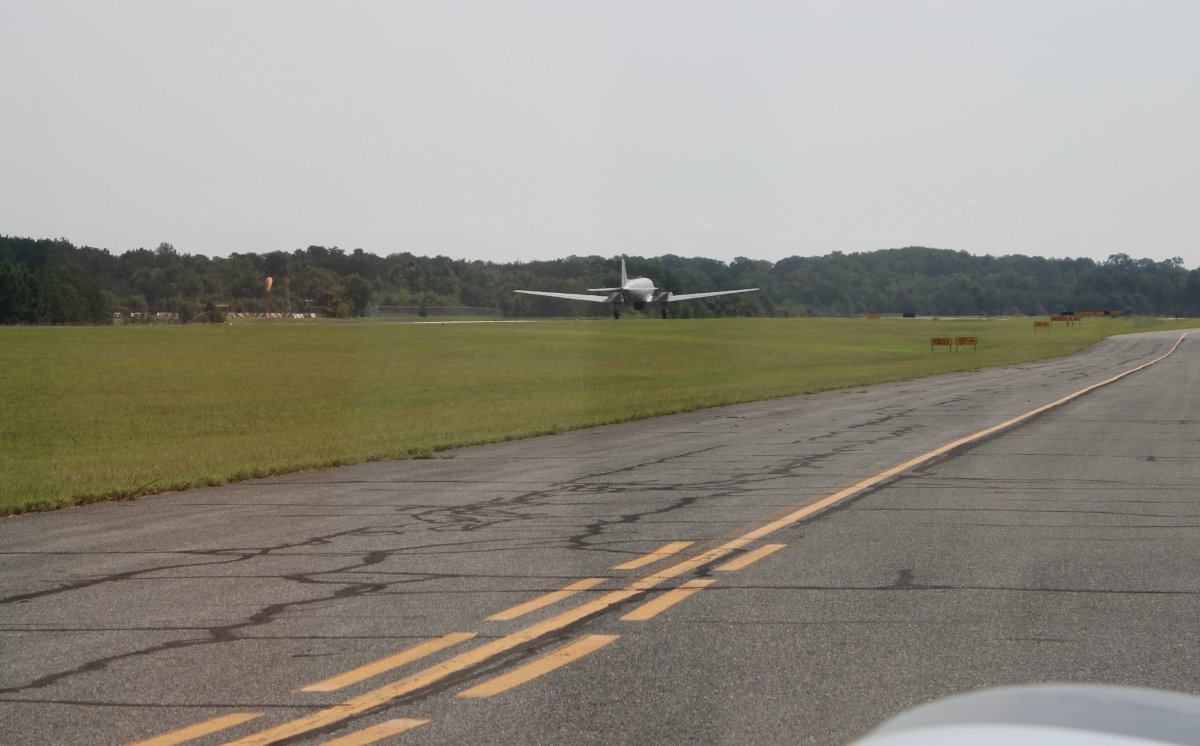
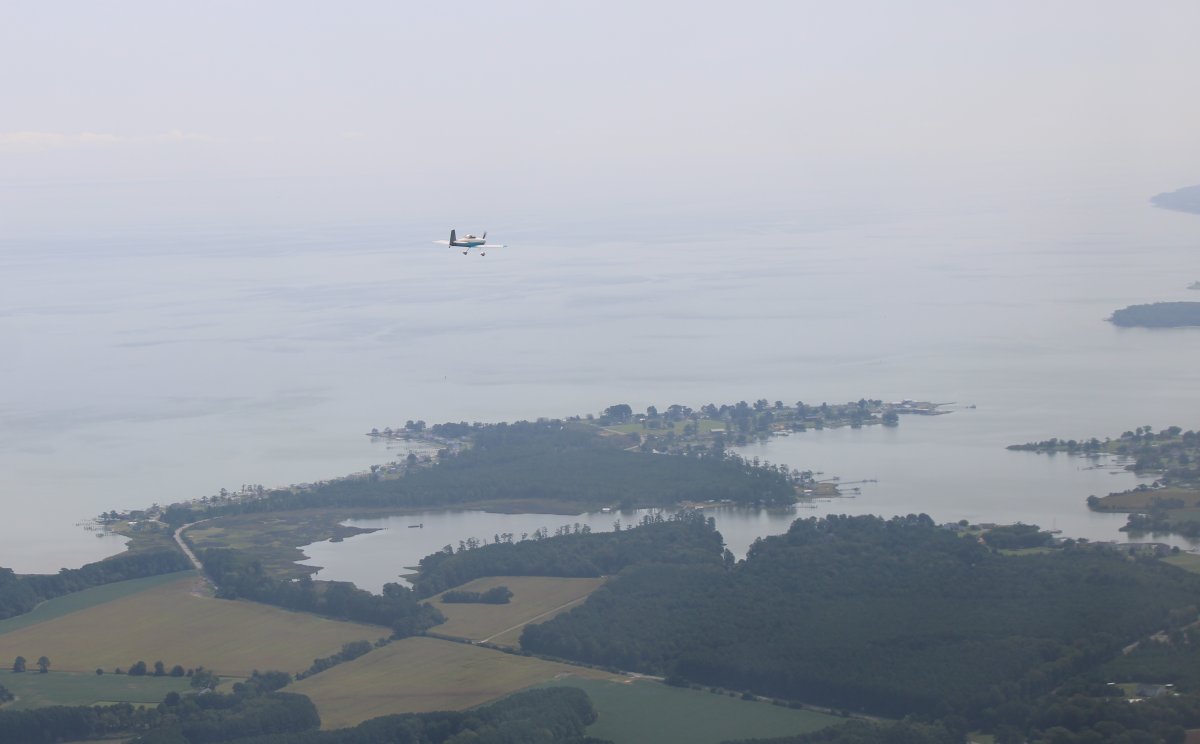
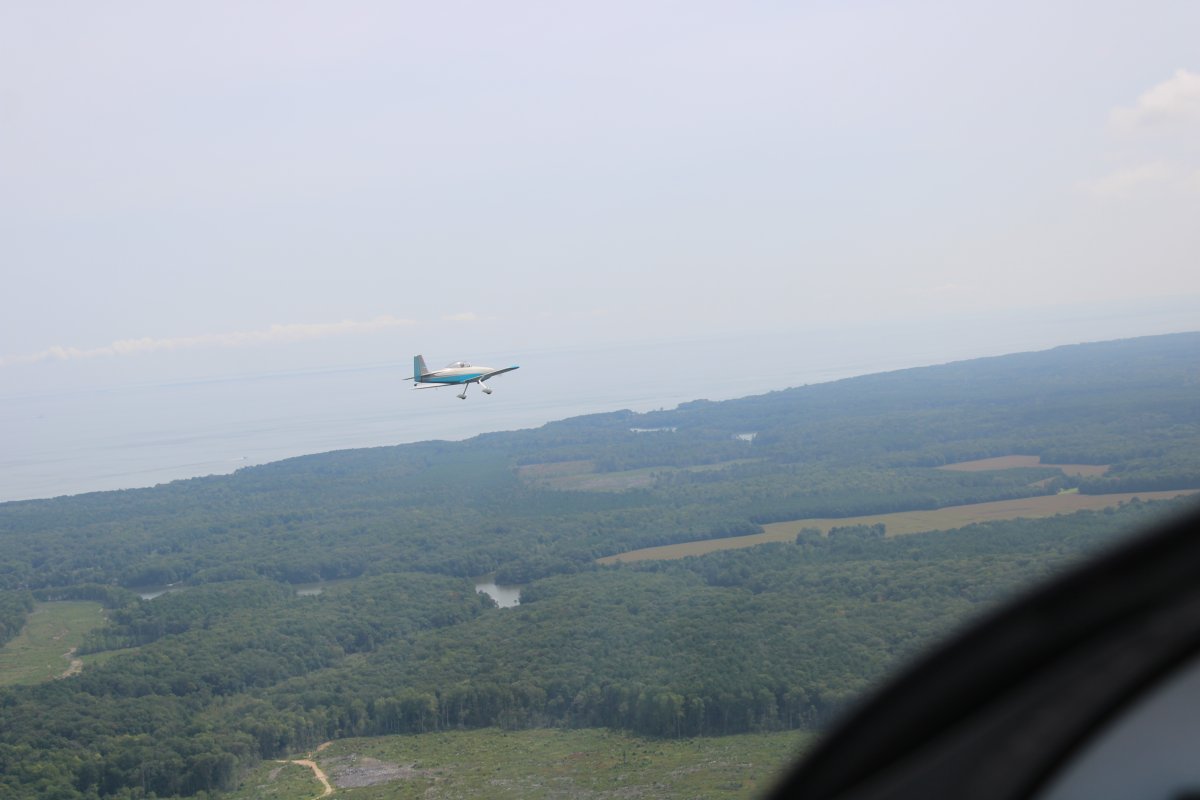
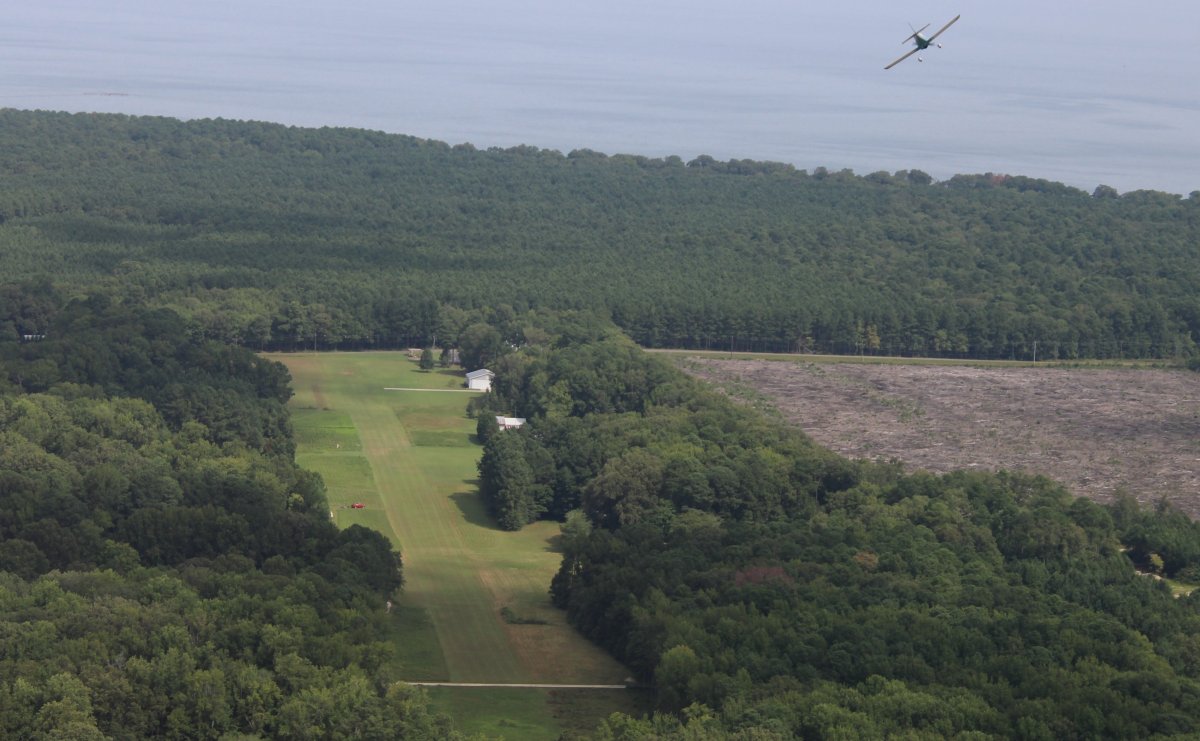
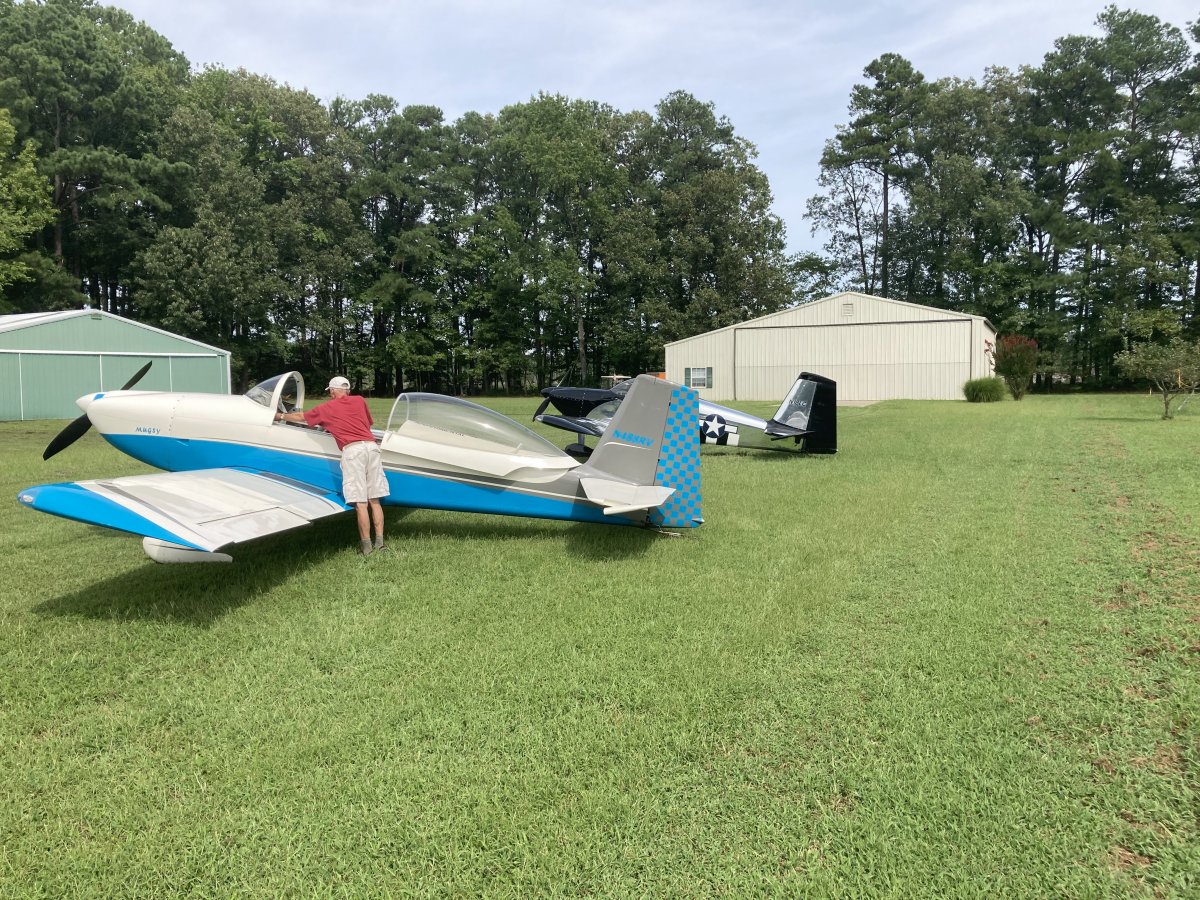
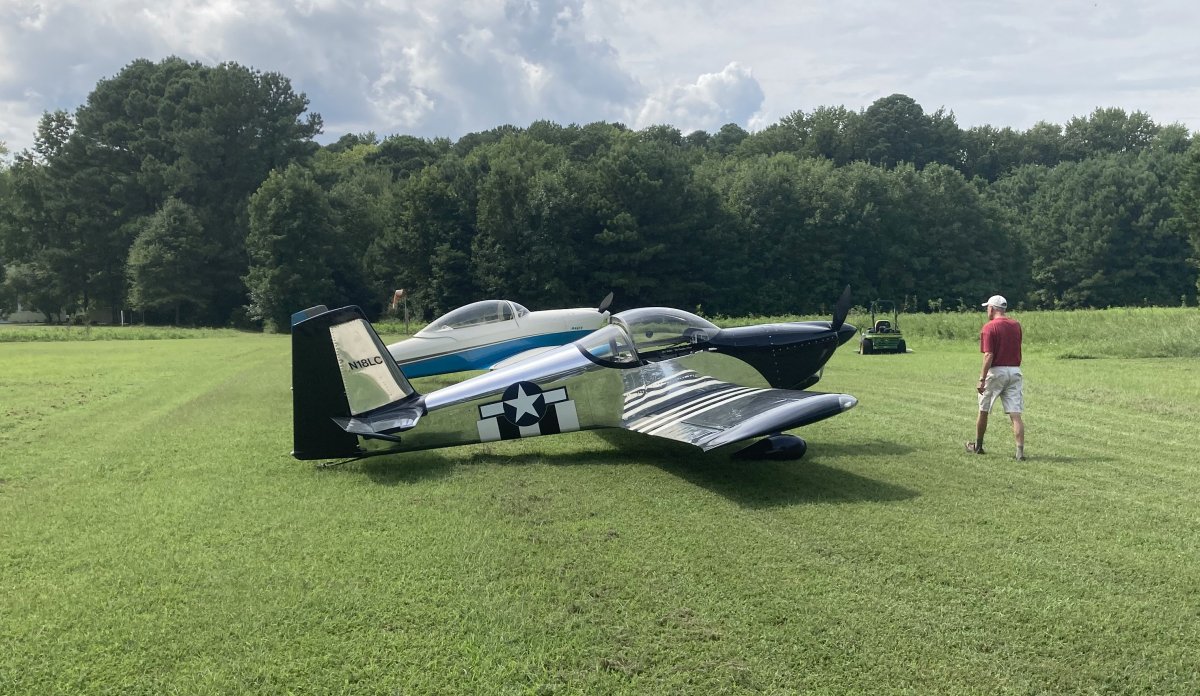
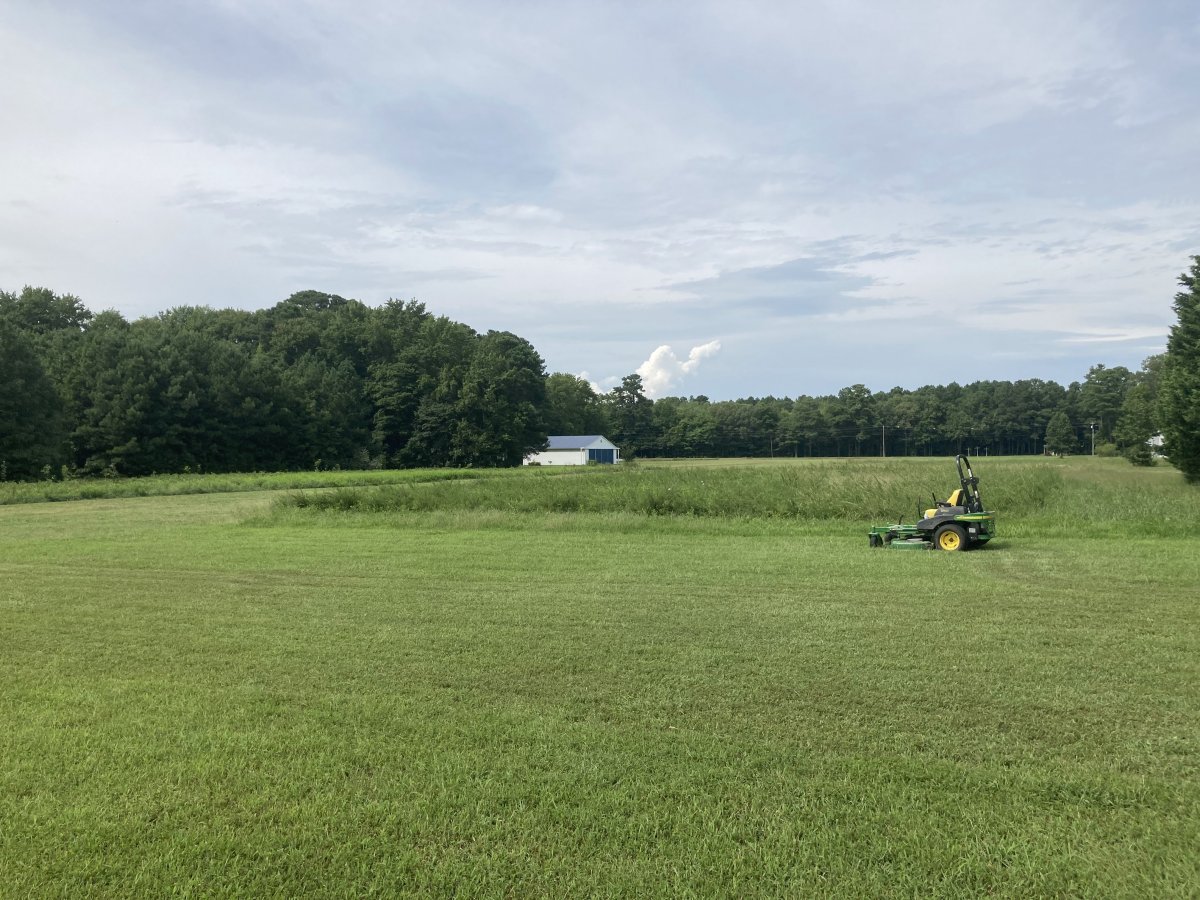
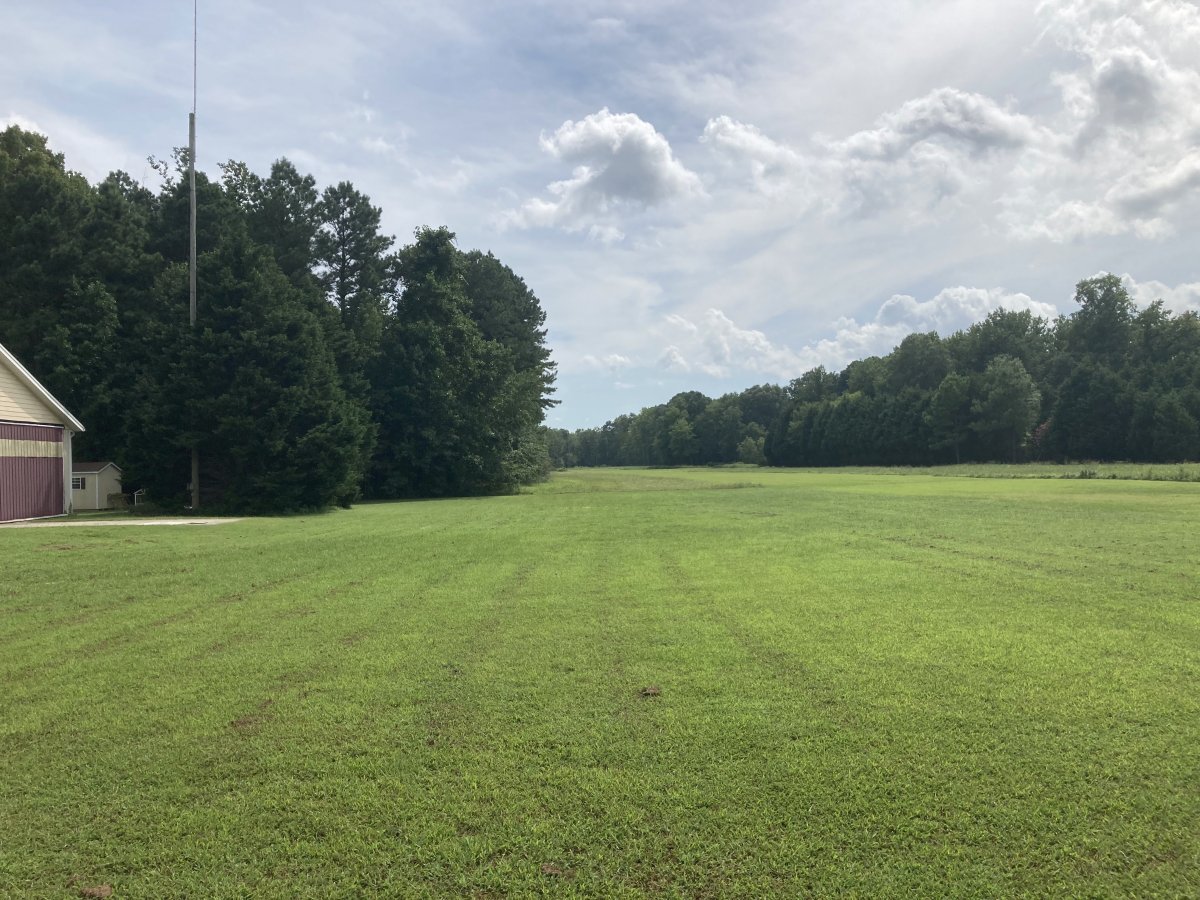
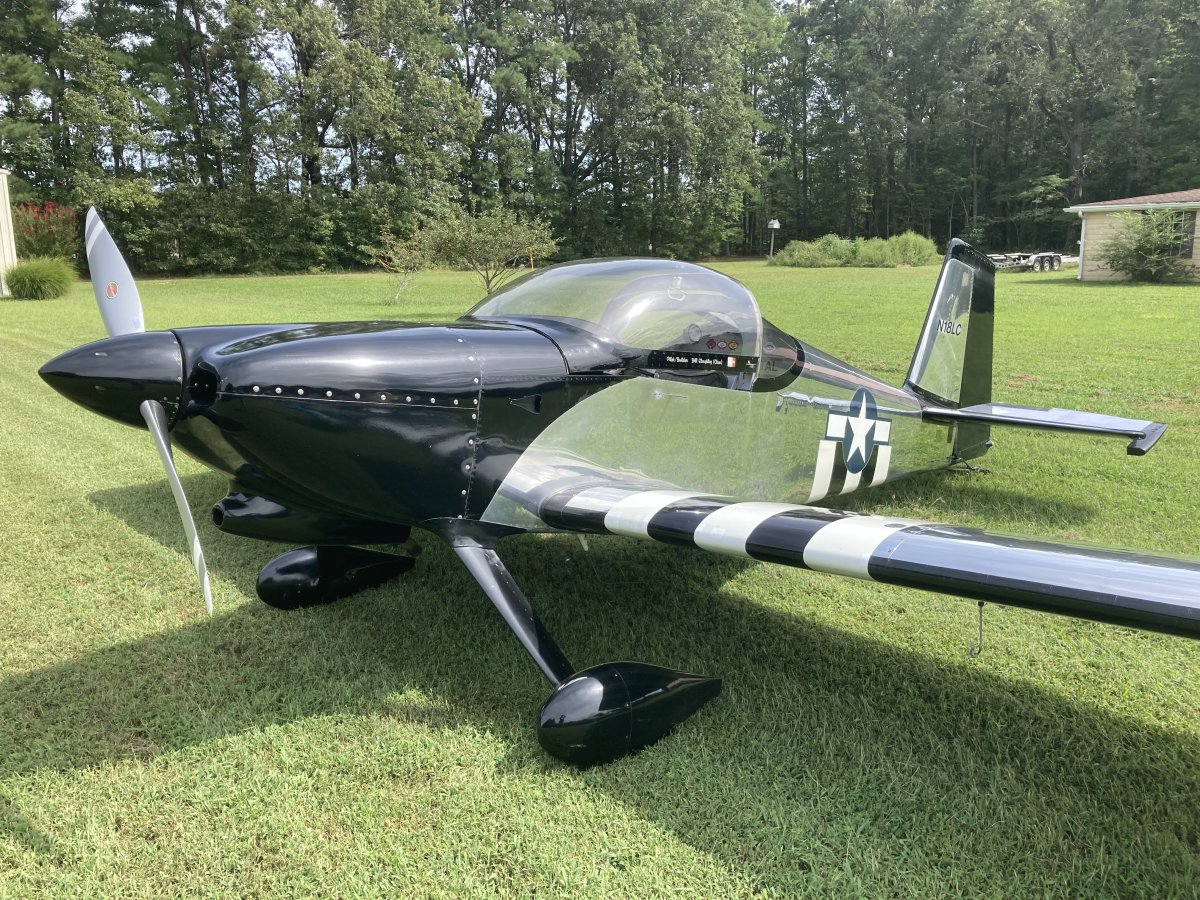
Don gave us the scenic tour of nearby Reedville, which back in the day, used to be quite something. Reedville was home to the fishing industry for Atlantic menhaden, a small oily fish found in great abundance in mid-Atlantic coastal waters.
As early as the 1620s, in the area which became New England, the Native Americans had taught the Plymouth Colony's settlers the value of burying menhaden in each hill of corn, as fertilizer.
Reedville is named for Captain Elijah W. Reed (1827-1888). In 1874, Reed, a sea captain from Maine, came south to the Chesapeake Bay and recognized the potential of the menhaden fishing industry. brought to the established community of watermen a method of extracting large quantities of oil from the fish, by rendering them by the millions. Their oil was used as a lubricant and in lighting, as whale oil was; and the leftover bones and carcasses were valuable as fertilizer. He opened the first processing plant. By 1885, Reedville was heavily engaged in the menhaden fishing industry. Menhaden processing factories on Cockrell Creek produced fish oil, meal, and fertilizer from menhaden. The menhaden fishing industry brought tremendous wealth to Reedville and to Northumberland County. Reedville, a town of approximately 500, was once known as the wealthiest town in the United States, due to its large income produced by the menhaden industry.
Fishing boat captains and factory owners, who made their fortunes from menhaden, built homes along what is now Main Street.
The below picture is one of the houses on Main Street, also known as Millionaire's Row.
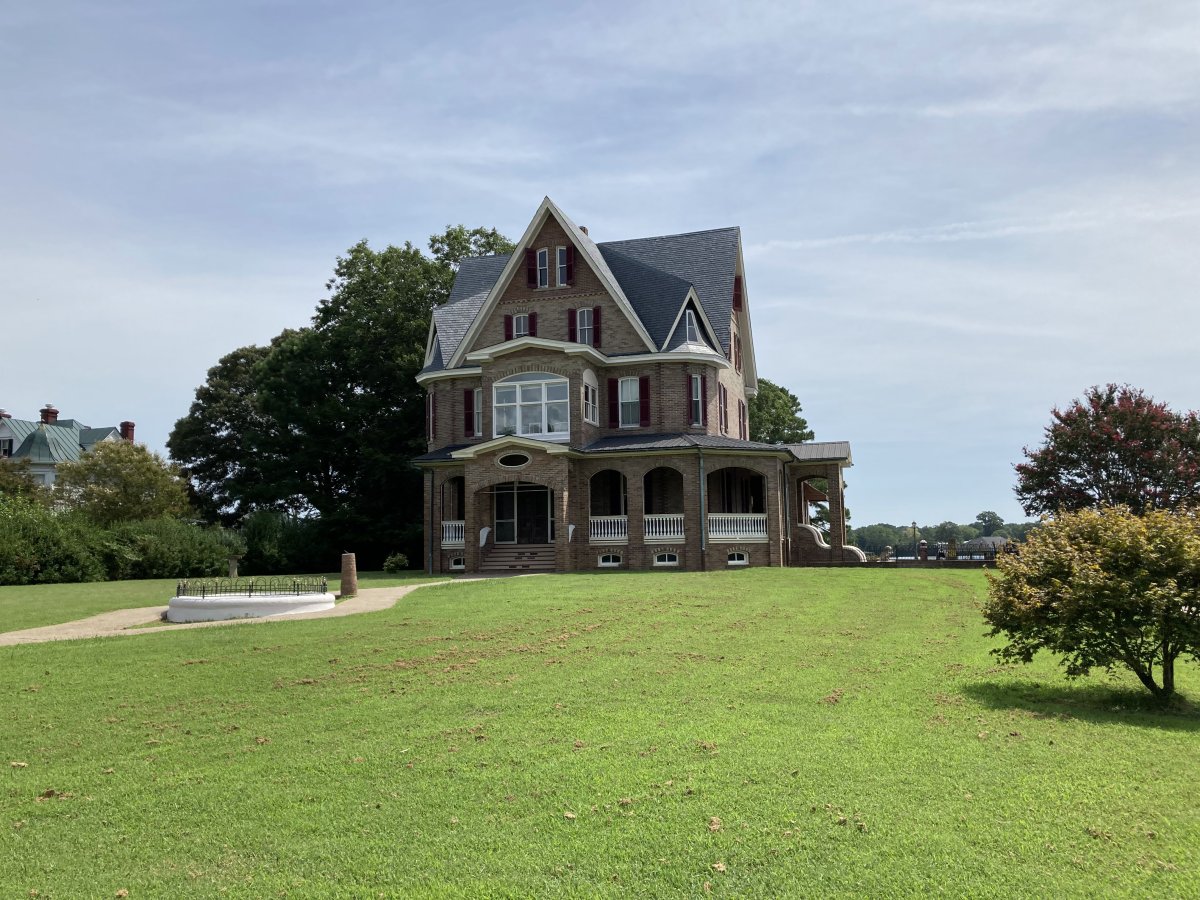
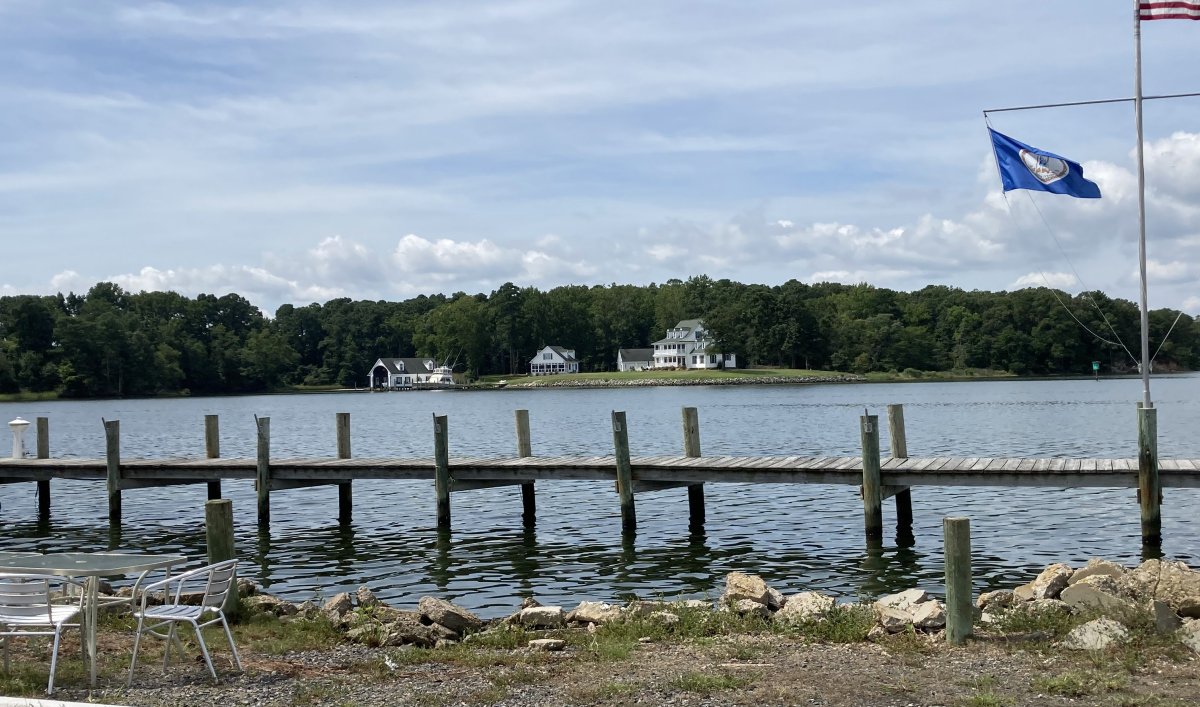
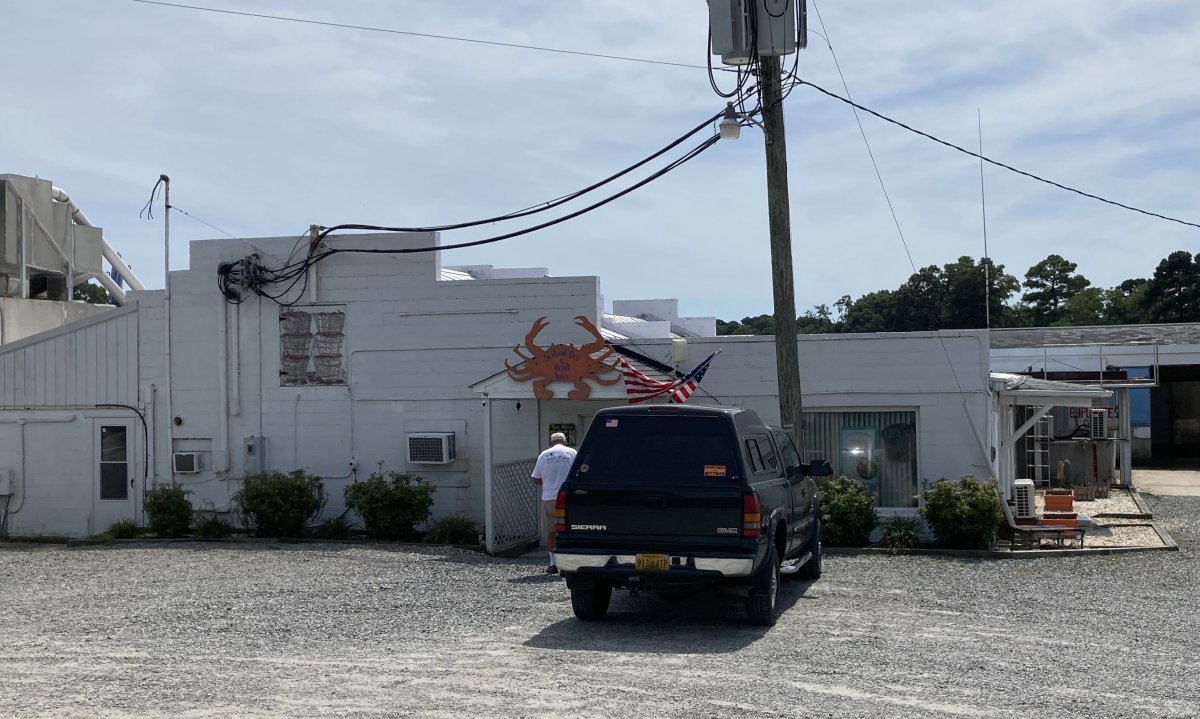
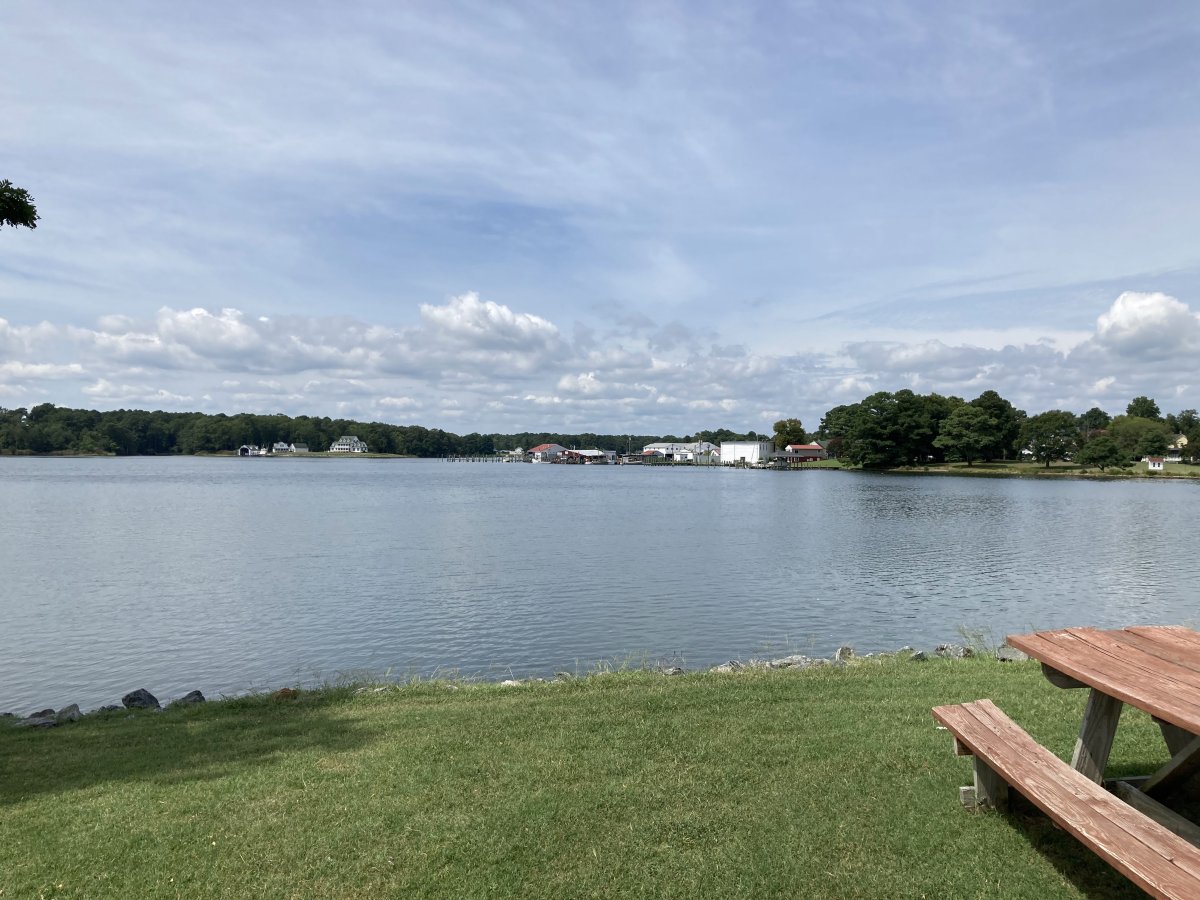
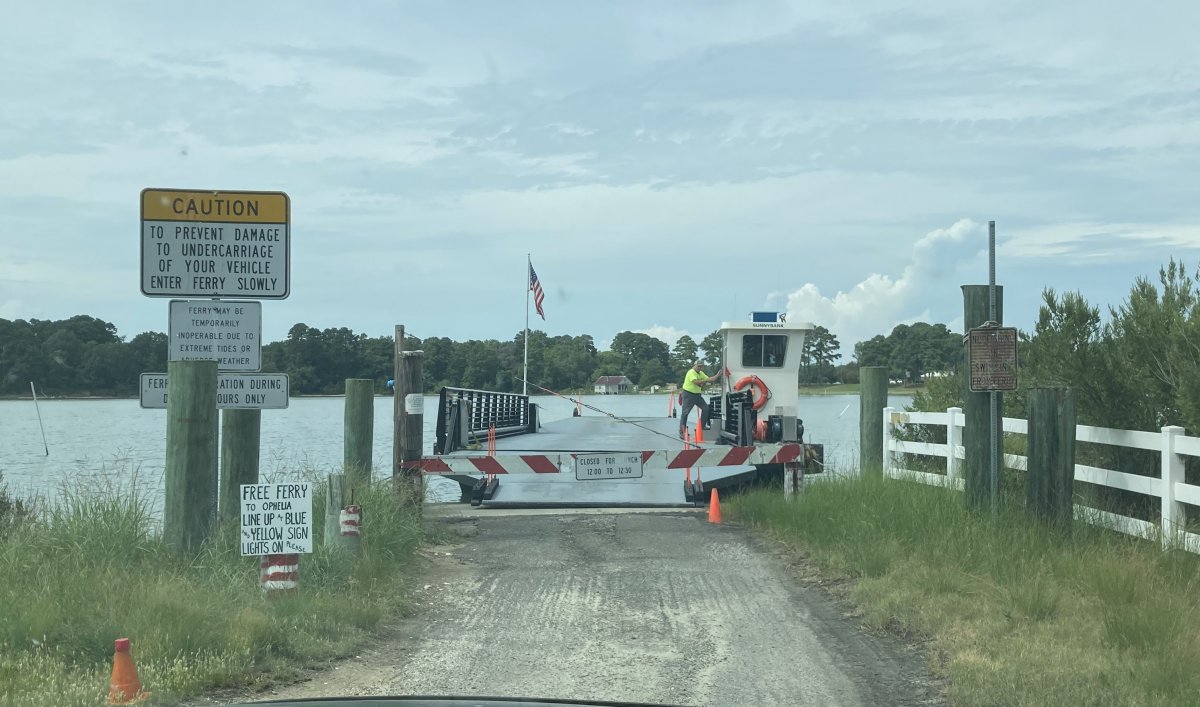
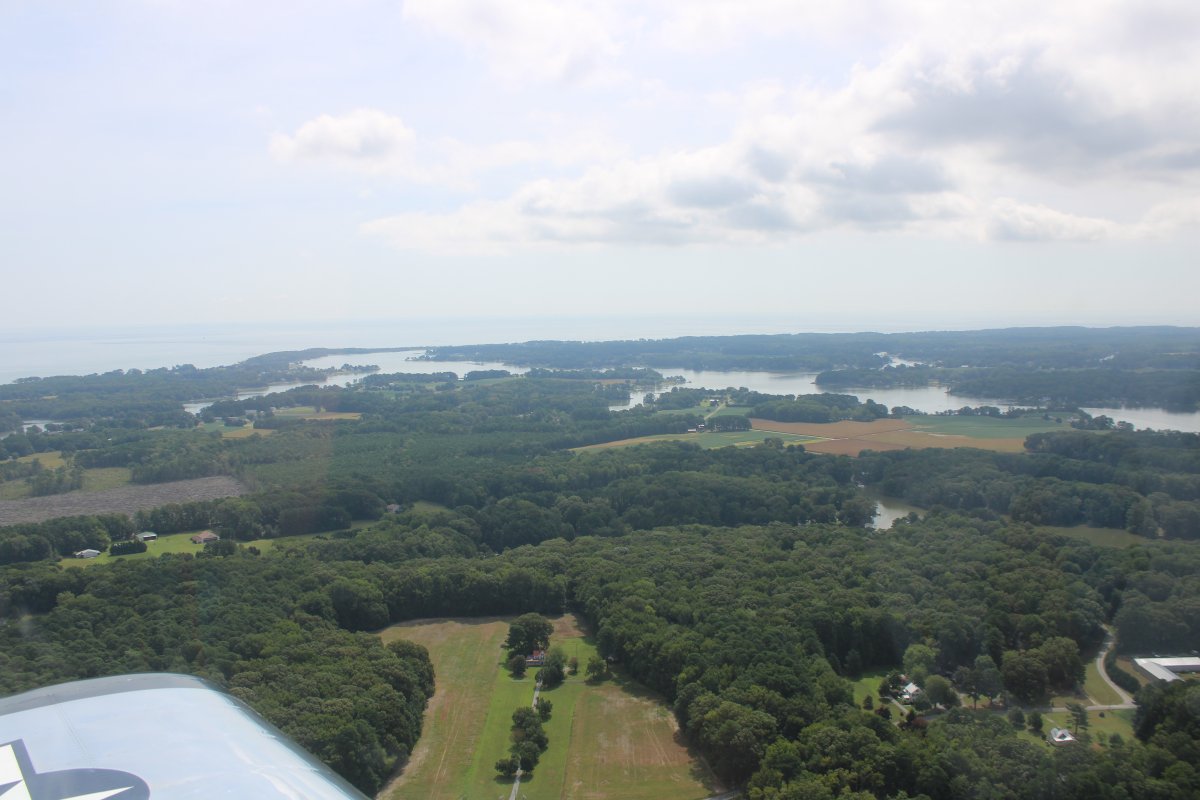
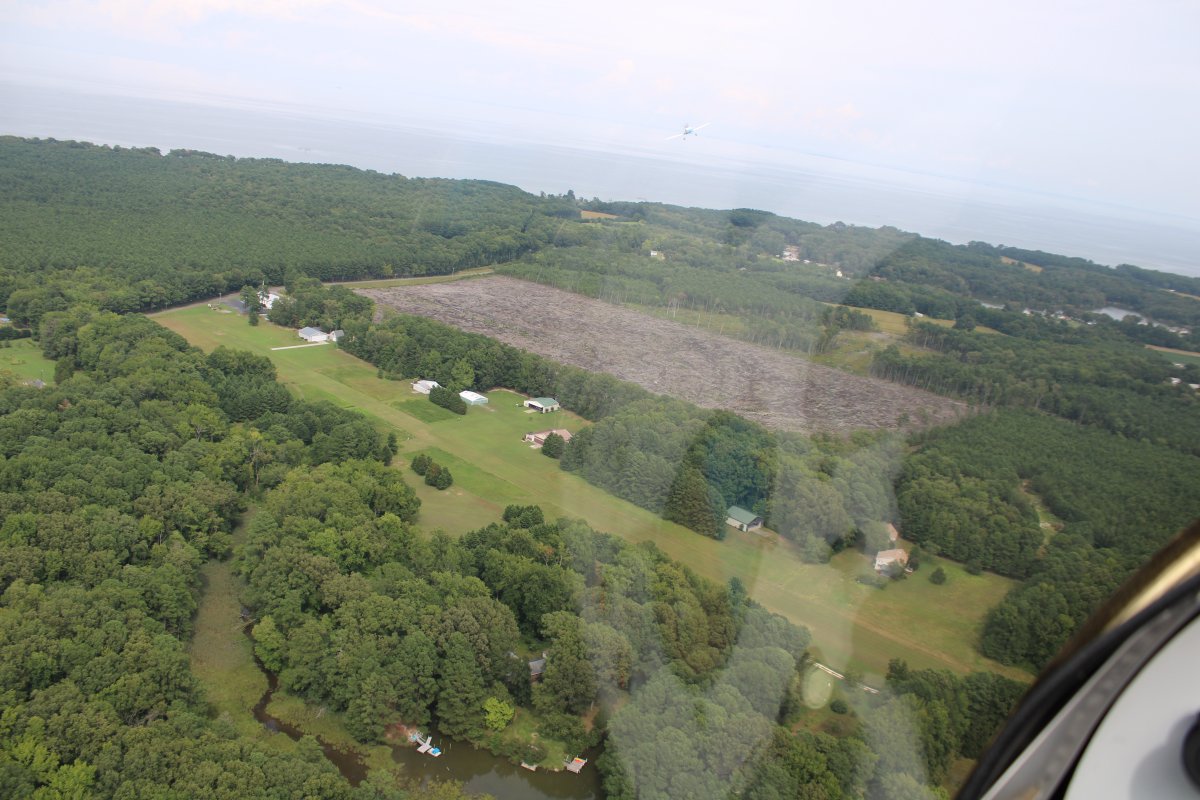
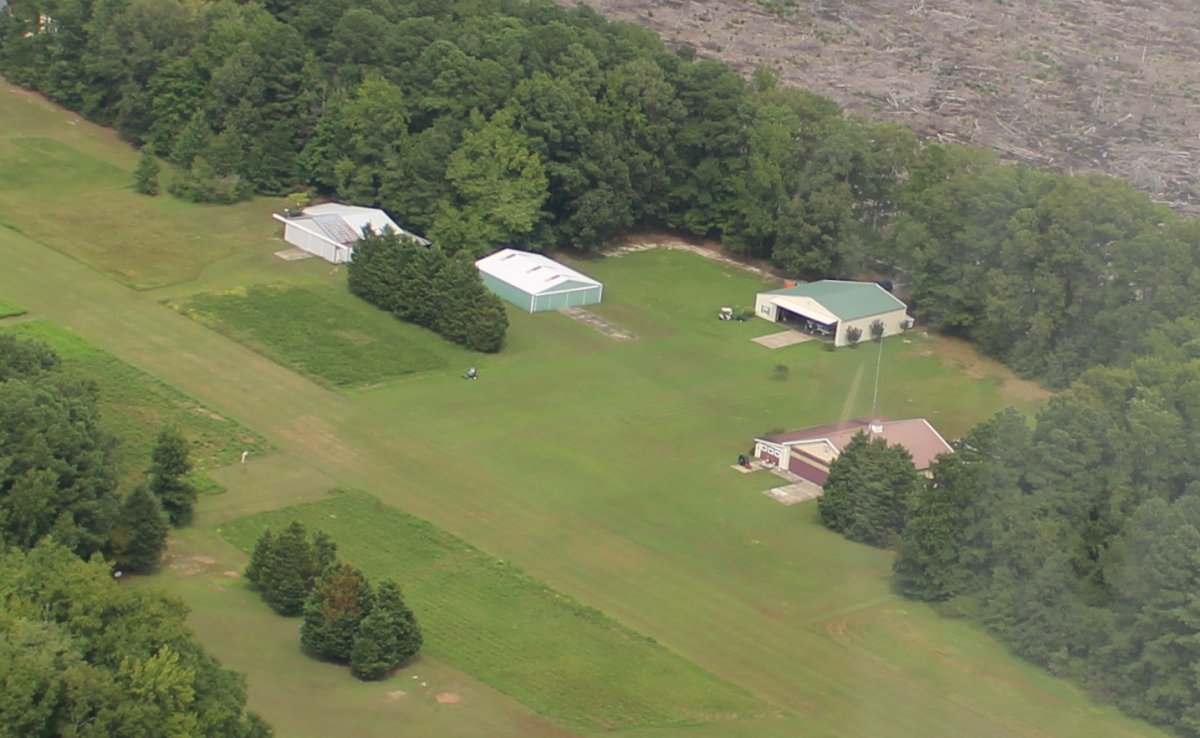
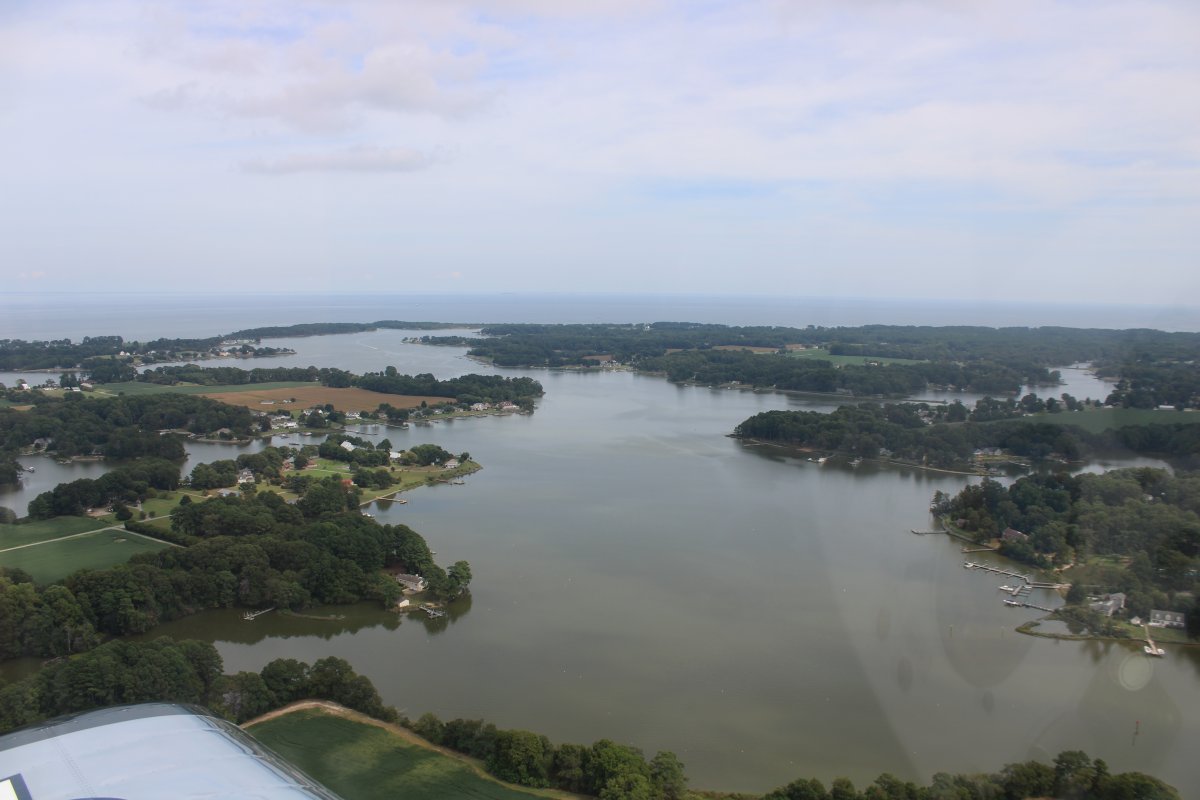
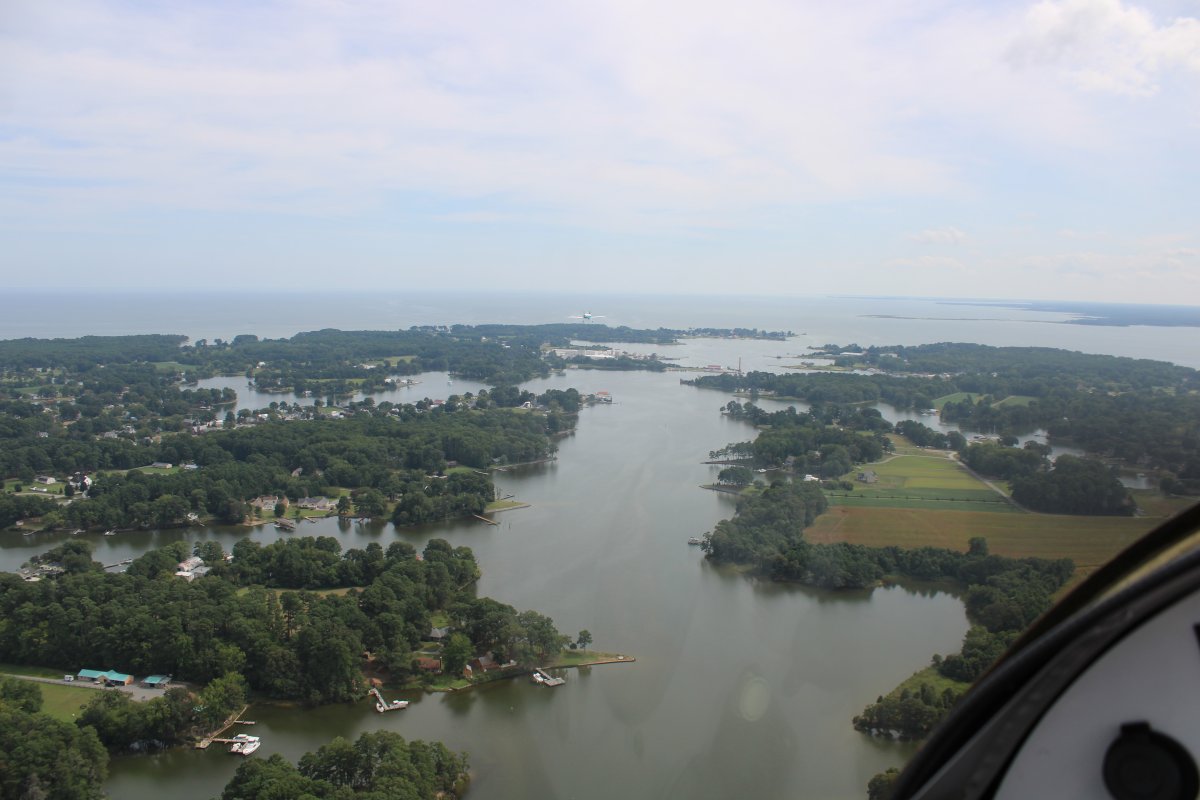
Looking down at Reedville (bottom of image).
You can arrange for sport fishing charters and cruises to Tangier Island from Reedville. They have some bed and breakfast establishments. Several large houses on Millionaire's Row are listed on the National Register of Historic Places.
The Reedville Fisherman's Museum has restored the oldest home in the community; known as the Walker House, it houses the museum in conjunction with adjacent buildings. The museum also has two vessels, the skipjack Claude W. Somers and the deck boat Elva C,
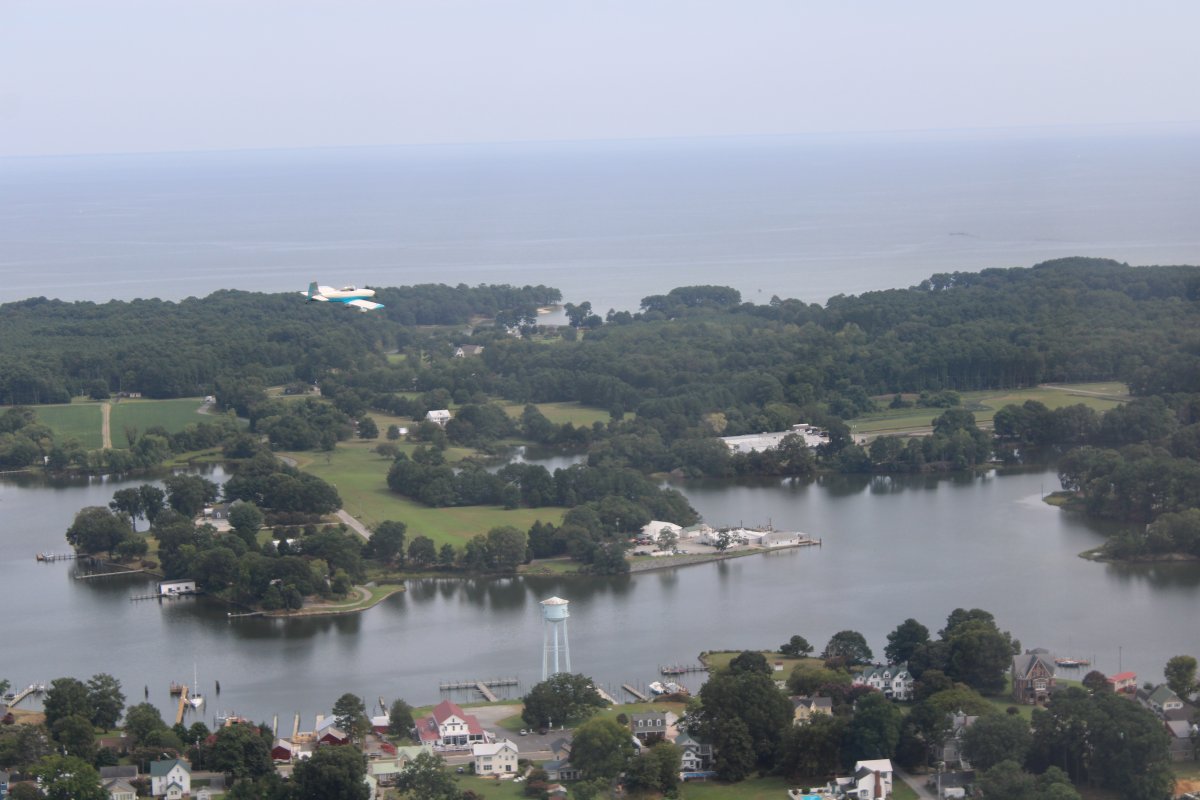
A one time dozens of fish processing factories dotted the Northumberland coastline near Reedville and other fishing communities.
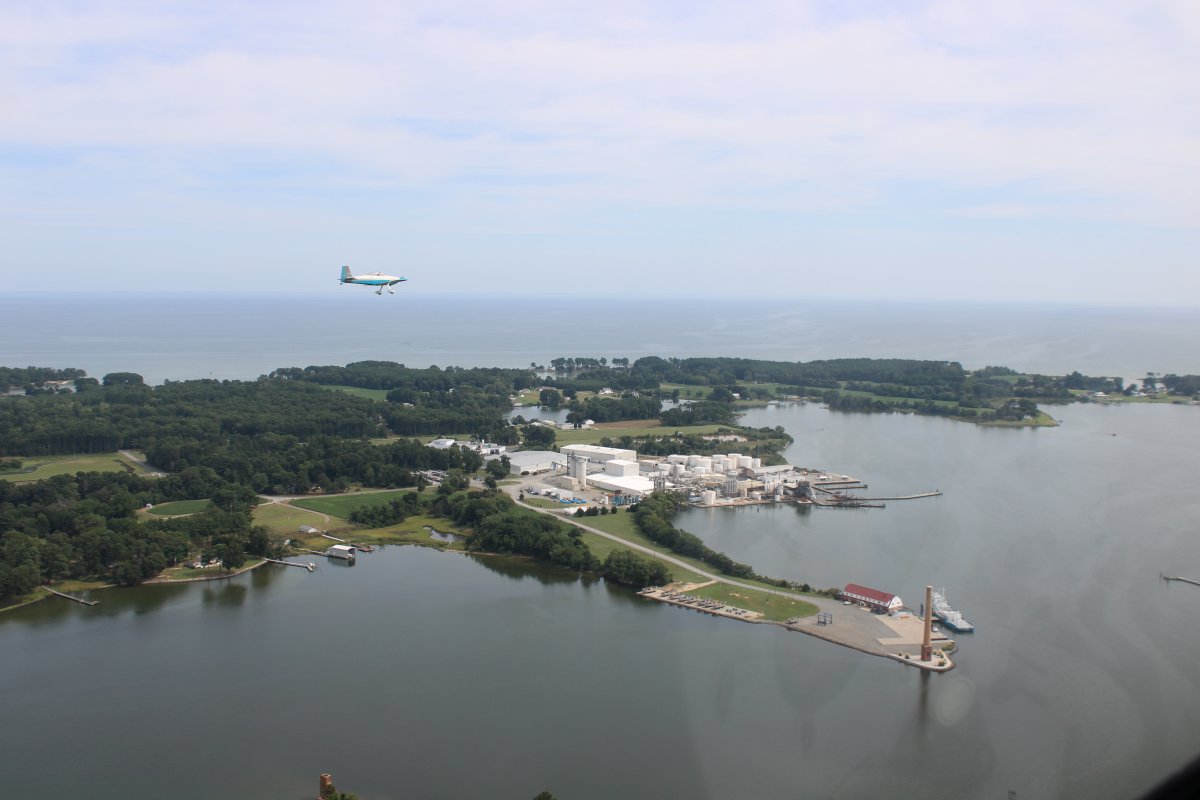
But now there is only one: Omega Protein, seen below. The company, with several hundred employees, has a fleet of large oceangoing fish-harvesting vessels supported by a number of spotter aircraft. Menhaden, once caught, are cooked in large mass and processed for further use in various applications including as a protein additive for poultry feed; Tyson Foods is a large customer.
